Tips to Manage Your Emphysema

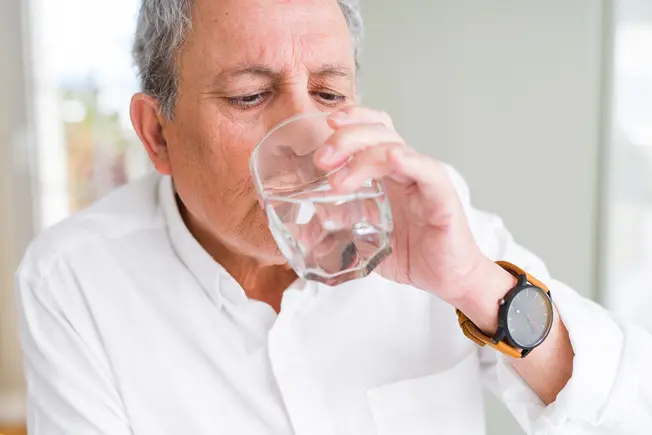
Drink the Right Things
You need fluids -- about 8 cups a day -- to keep your body hydrated and your mucus thin. Water is a great choice, but you can also drink fruit juice, decaf coffee, and tea. Limit caffeine and alcohol, as they can dry you out. And yes, you can drink milk. It’s a good source of nutrients. If you think it may lead to more phlegm, try skim rather than whole or a plant-based beverage instead.

Pace Your Eating
Four to six small meals is better than three larger ones because a less-full stomach makes breathing easier. Try to eat earlier in the day, when you’re less tired and can move around better. That helps digestion. Take your time. Rest before you tuck into your food, and don’t lie down right after you finish.

Keep Food Soft and Simple
A lot of chewing can make you short of breath. Look for soft items: well-cooked vegetables, ground meat, pasta, mashed potatoes, soups, and casseroles. Bread is easier to eat if you dip it in liquid. Fruit smoothies and milkshakes are filling.

Check on Salt
When you get too much sodium, your body holds on to fluids. You may end up with higher blood pressure and more shortness of breath. Read food labels, and look for fewer than 140 milligrams of sodium. Avoid salty snacks such as pretzels and chips. Limit meats such as ham and salami. Brined foods -- such as pickles, olives, sauerkraut -- and bottled sauces such as barbecue and soy are hidden sources.
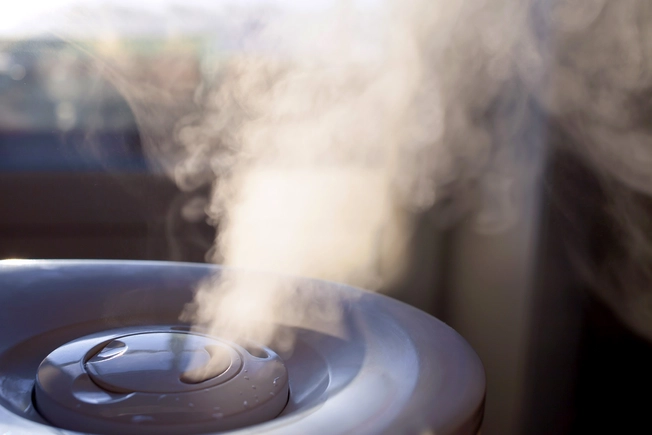
Outsmart Dry Mouth
Doctors call this “xerostomia.” It has several causes, including various medications and oxygen therapy. Keep a water bottle handy during the day. You may want to try an over-the-counter oral rinse designed to help the problem. It can also help to use a humidifier at night. Make sure to follow the instructions for keeping it clean.
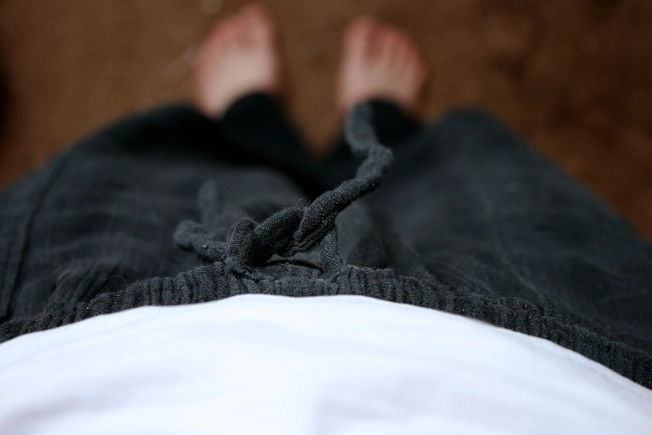
Dress Comfy
Close-fitting clothes can take more work to put on and can constrict your breathing. Try drawstring pants. Avoid things that fasten in the back, which might be hard to button or zip. Women may prefer a sports bra or camisole. Skip turtlenecks, buttoned collars, ties, and anything else tight around the neck. Wear slip-on shoes.
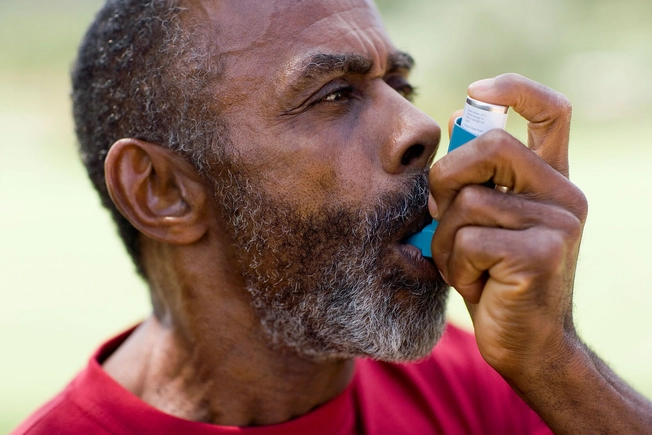
Use Your Inhaler Correctly
Inhaled medicines can be an important part of treatment. You may have more than one: a daily type and another “rescue” version for when you feel especially short of breath. Know which is which and exactly how to use them. Check how many doses you have left. If your medication includes a steroid, always rinse your mouth after you use it.

Protect Yourself
Emphysema makes complications from influenza more likely, so get your flu shot each year. Ask your doctor about the pneumonia vaccine, too. During cold and flu season, wash your hands often and use hand sanitizer if you’re going to be out in a crowd.
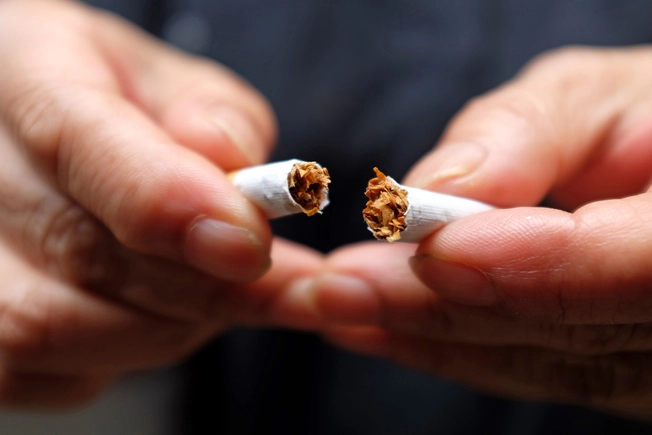
Look Into Rehab
A pulmonary rehabilitation program offers many resources in one place. You can get nutrition counseling and learn breathing techniques. If you need help to stop smoking, the health care professionals there can offer advice. They also can show you safe ways to exercise.

Don’t Irritate Your Lungs
When going out in cold weather, wear a scarf or mask over your mouth to keep chilly air from causing airway spasms. Avoid paint fumes, car exhaust, perfumes, and incense -- anything that might aggravate your condition. And change your furnace and air-conditioner filters regularly.
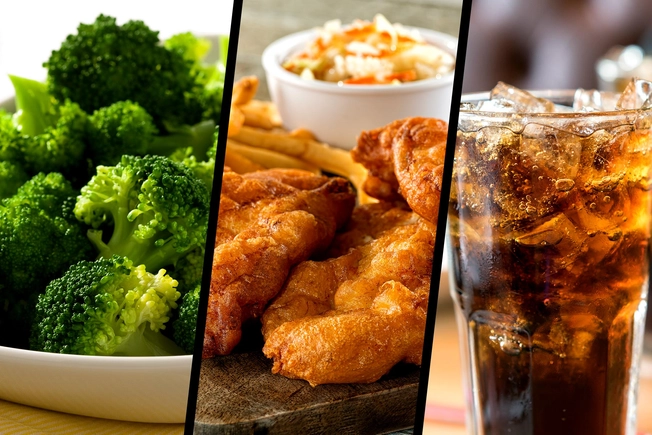
Beat Bloat
When your stomach is bloated, breathing can become harder. Limit foods that can cause gas, such as beans, broccoli, Brussels sprouts, cauliflower, onions, garlic, peppers, and cucumbers. Spicy and fried dishes can also be a problem, as can fizzy drinks such as soda or sparkling water.

Plan Ahead for Trips
Tell your doctor about your travel plans, especially if you're going somewhere hot and humid, at a high altitude, or has a lot of air pollution. Check ahead of time with airlines or cruise ships about rules for bringing oxygen. In a car, keep it in the seat next to you.